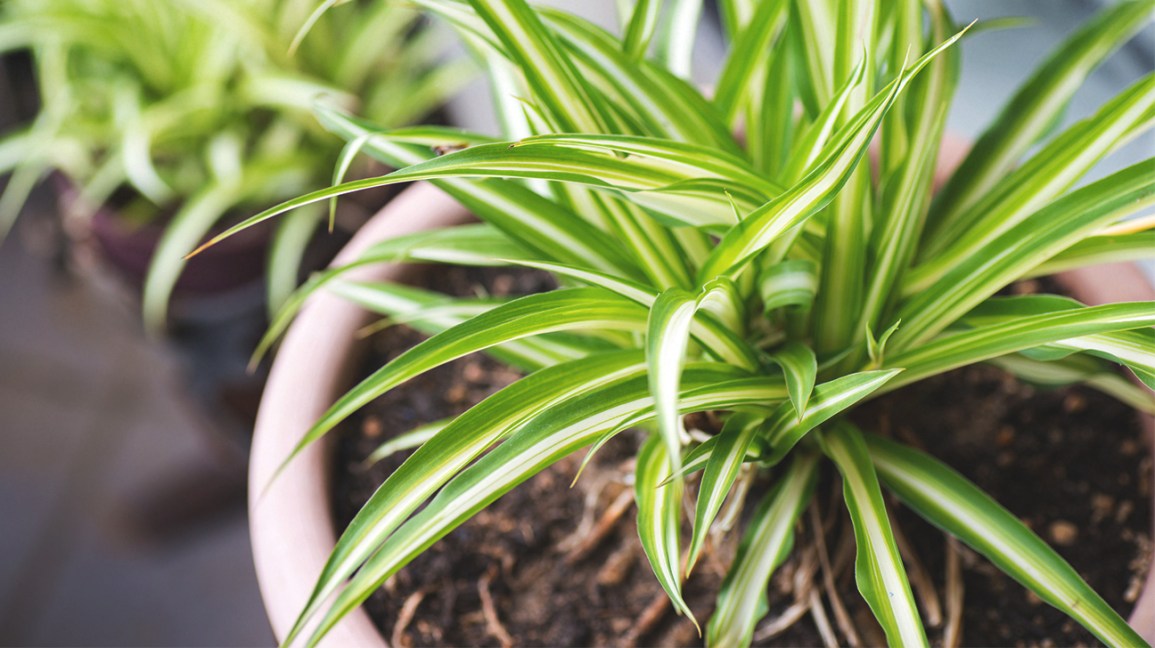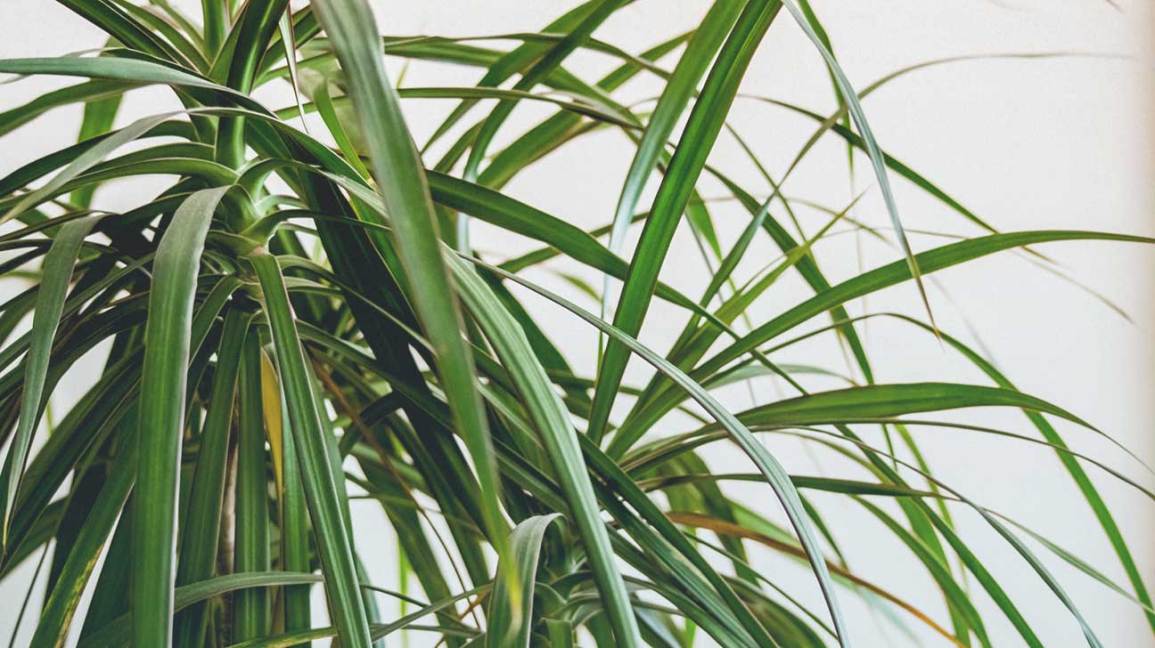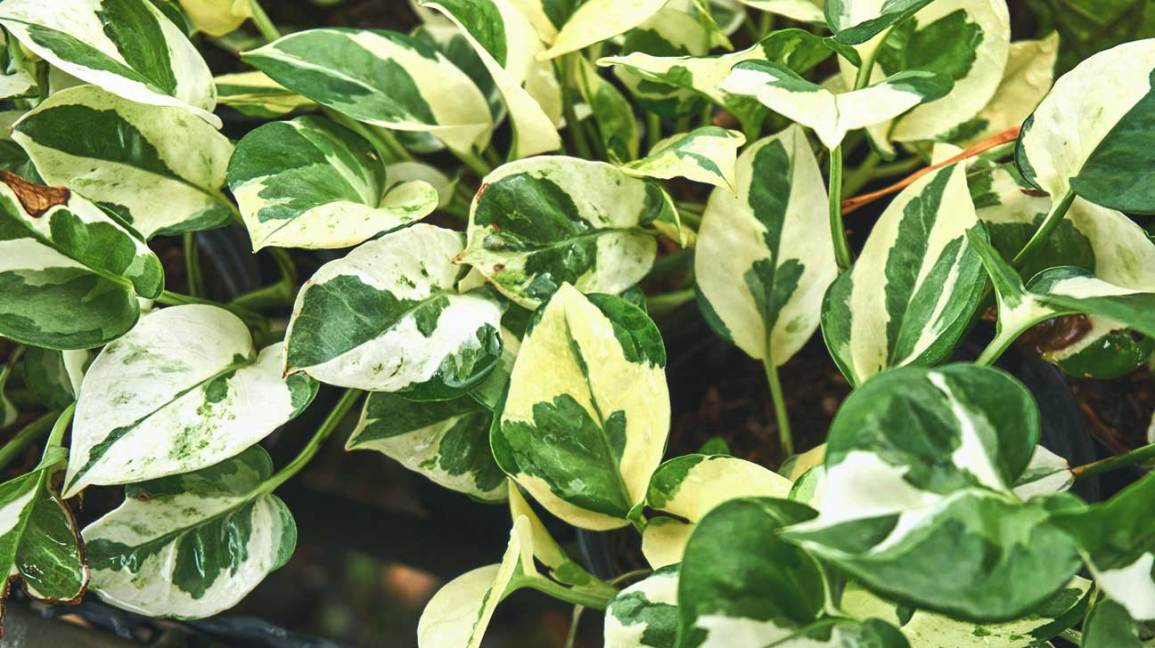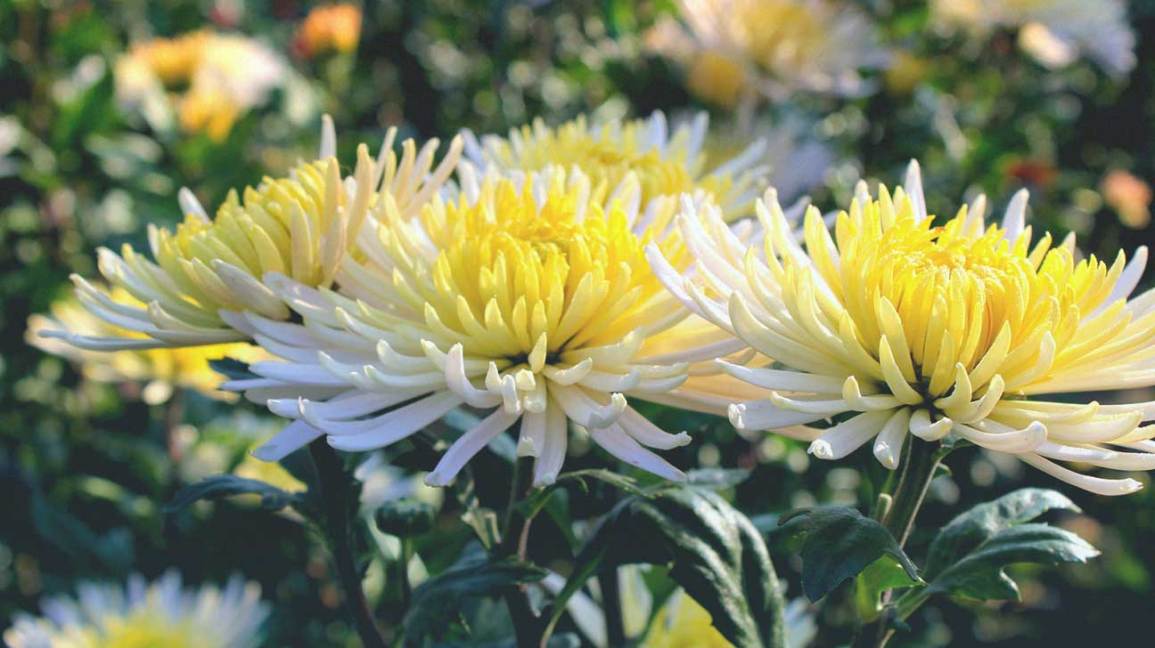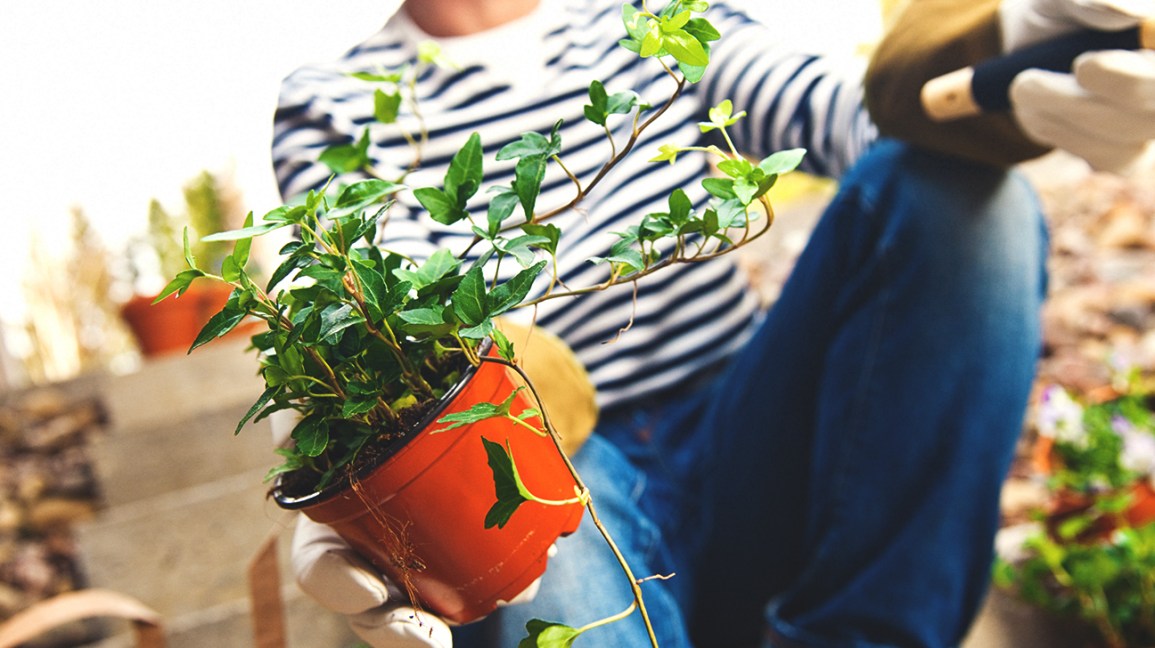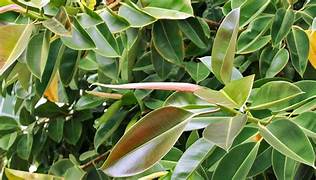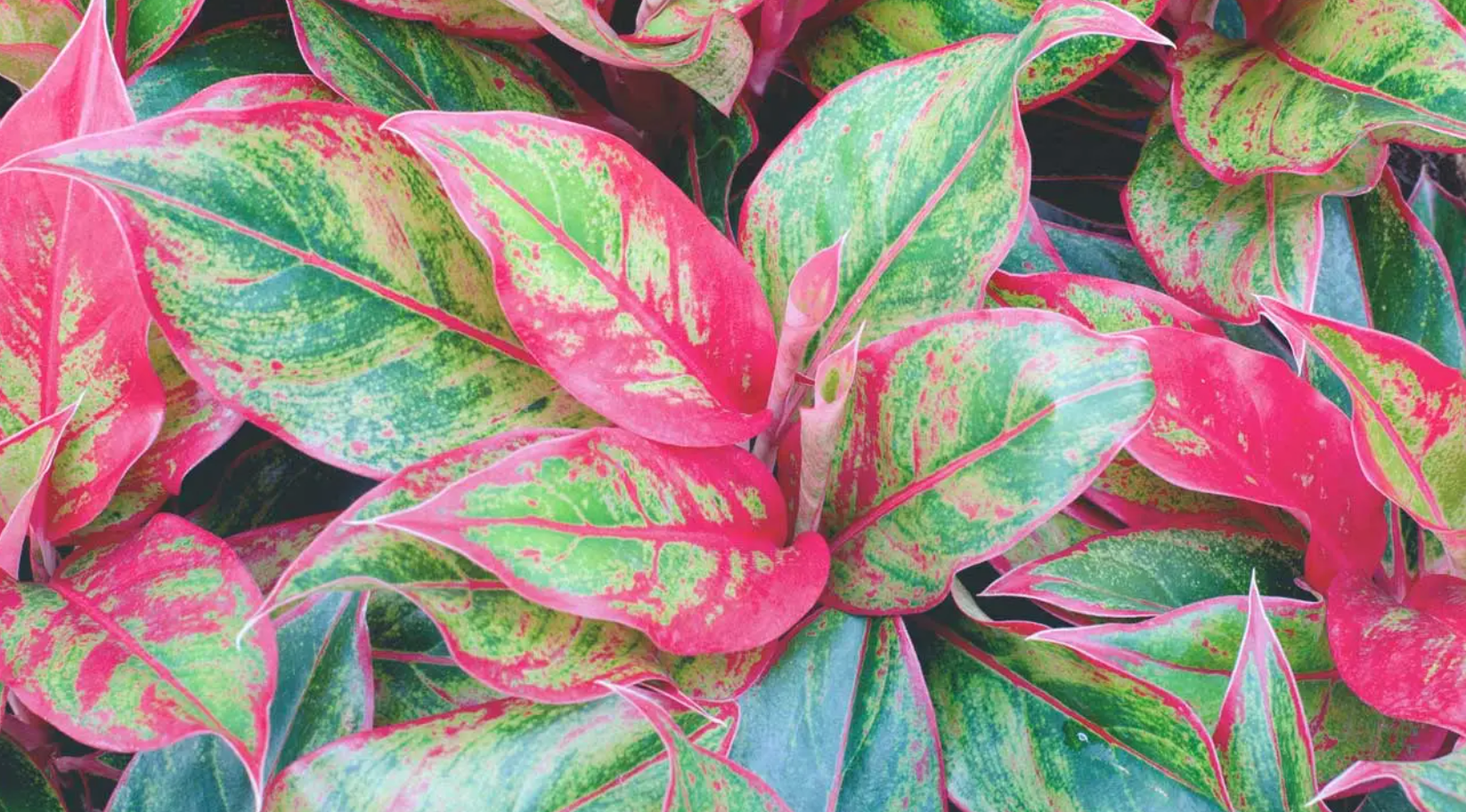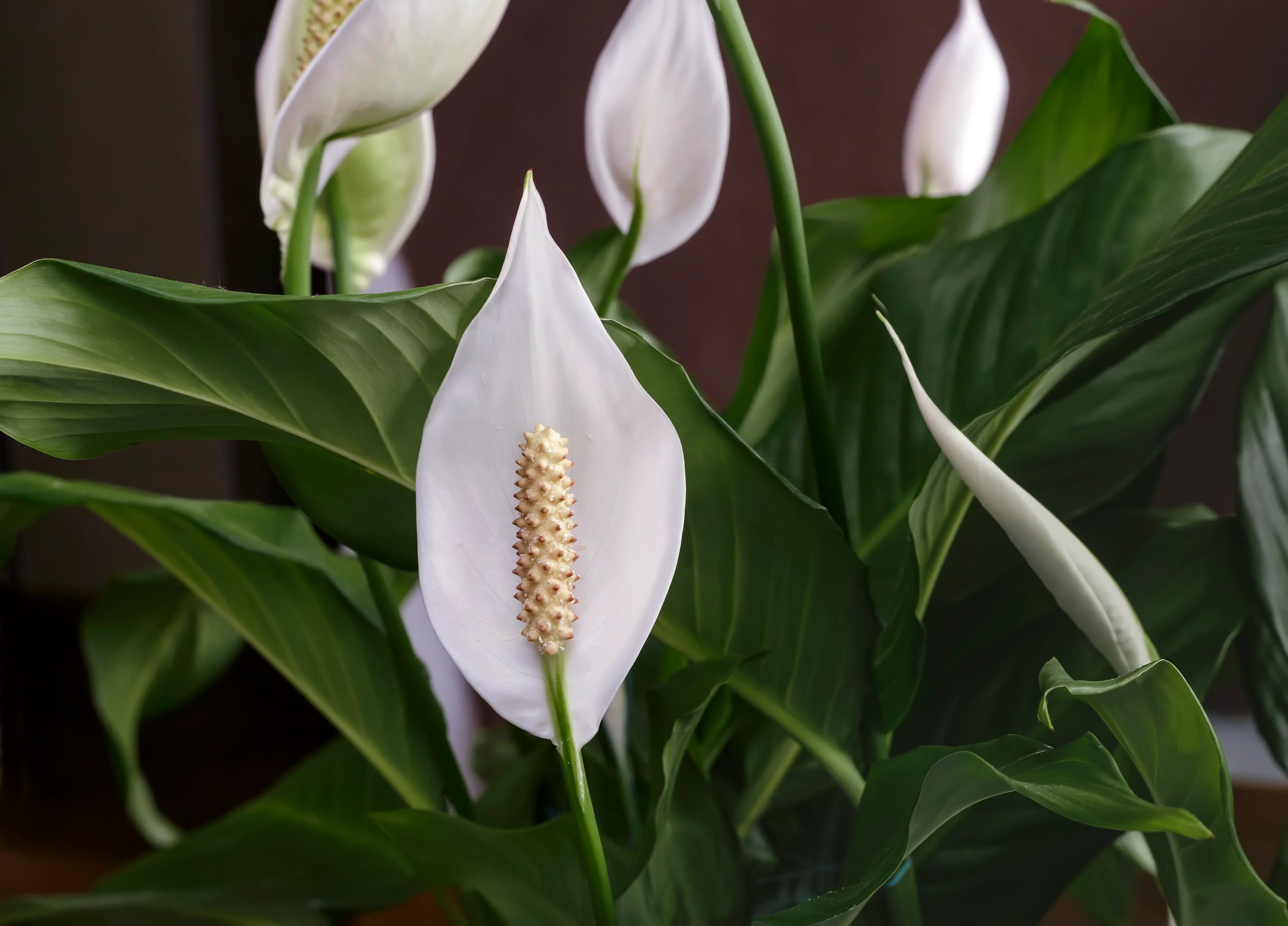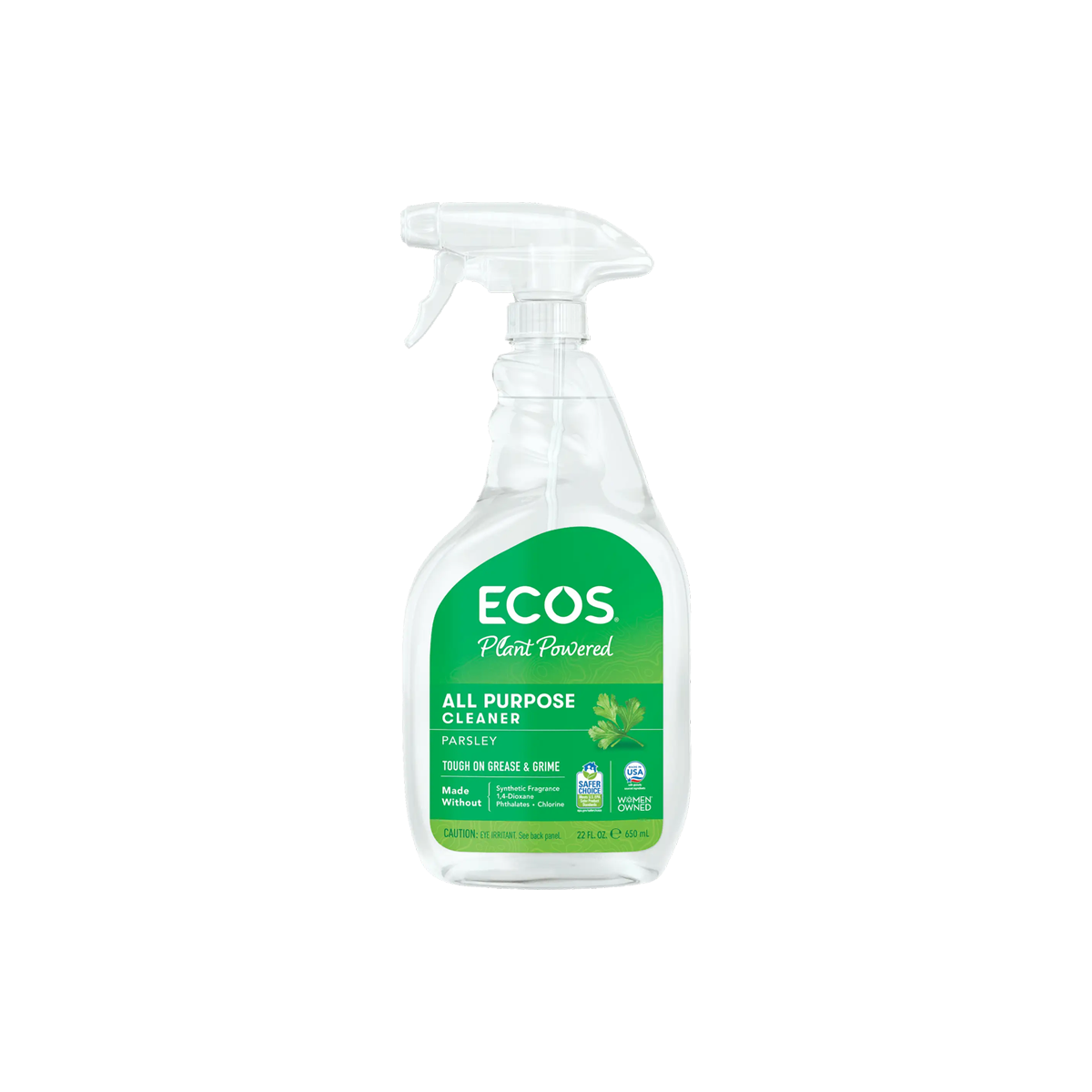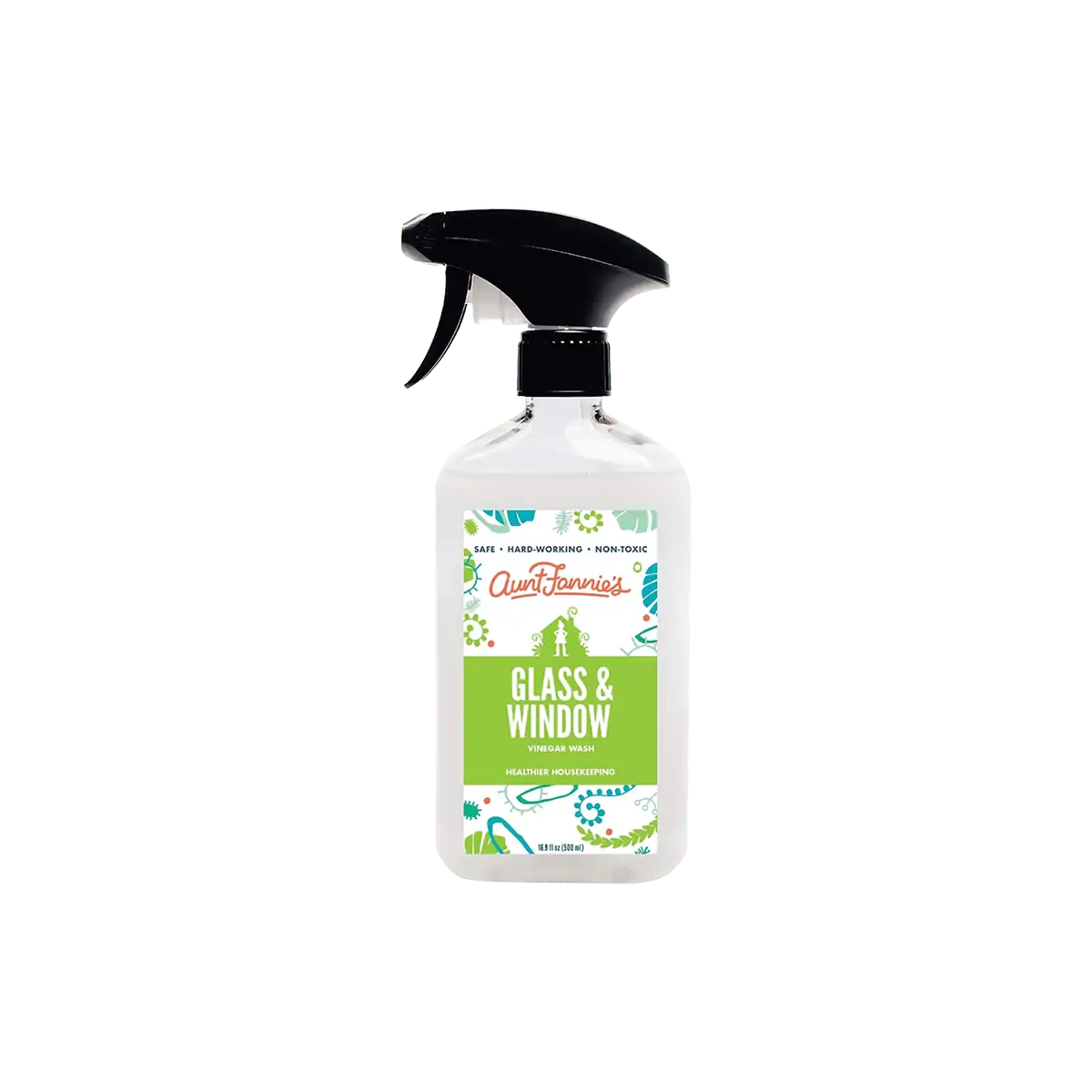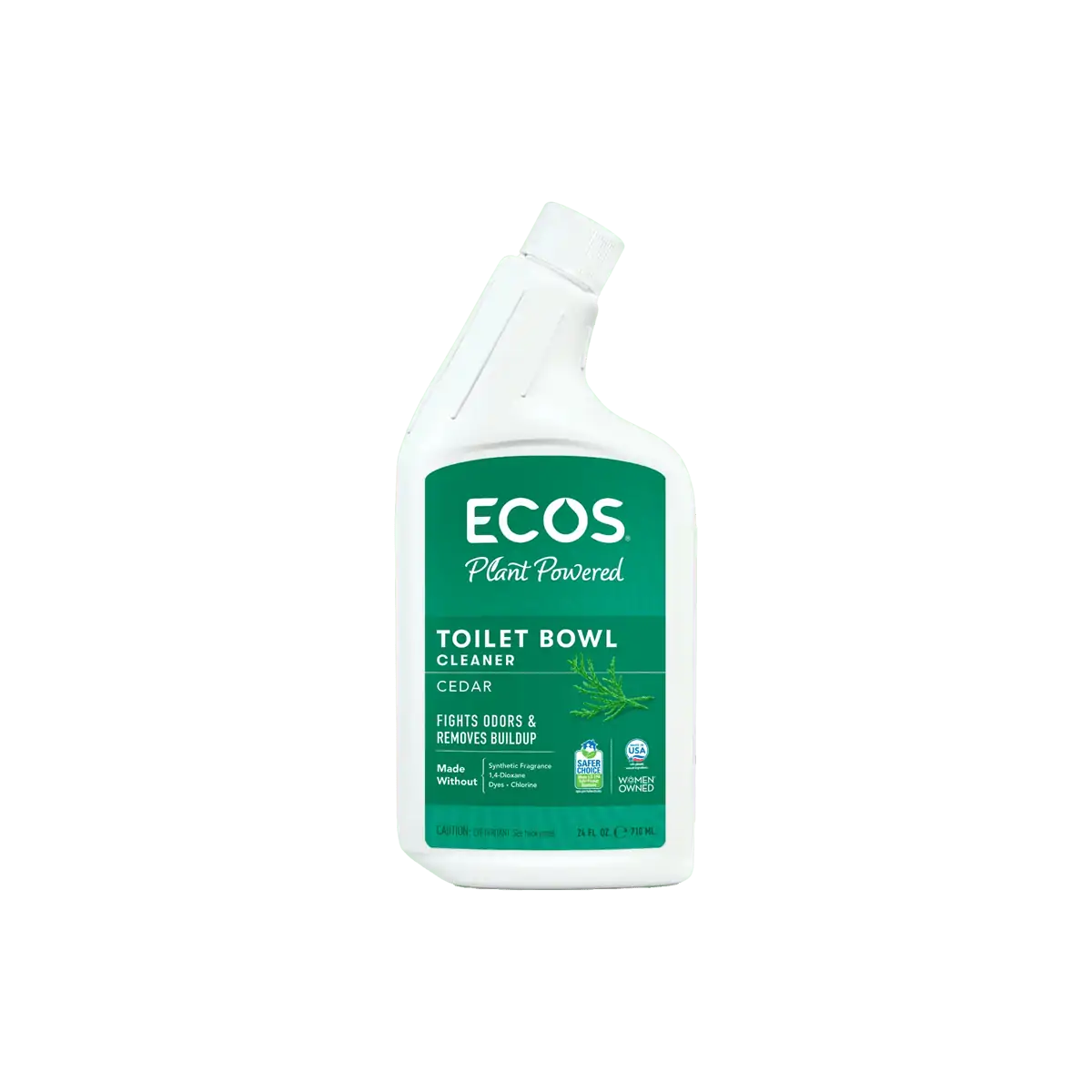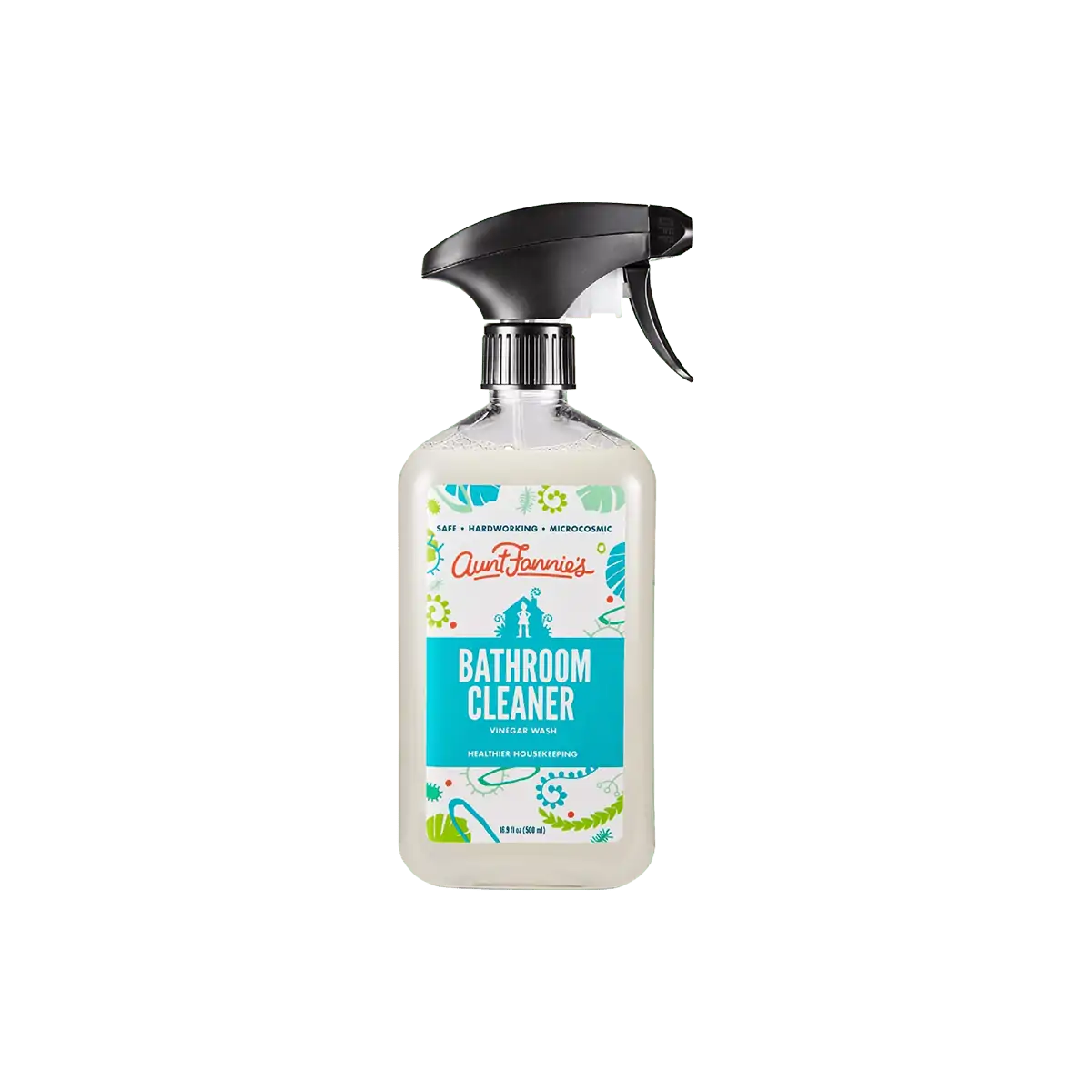![]()
Solutions to Improving Pollution Effects
Air Purifers
The New York Times has an artivle called "The Best Air Purifer" from early March of 2023. there they say, "a great air purifier one can improve your life by reducing airborne allergens such as pollen and mold spores and capturing bacteria, viruses, and smoke from wildfires and other sources"
"To qualify as great, however, an air purifier doesn’t just need to work well; it also needs to be robustly engineered and thoughtfully designed"
After the Wirecutter tested for nine years, during which they tested more than 50 different air purifiers, they believe that the exceptional Coway Airmega AP-1512HH Mighty is the best among them. Although this one is rated #1, there are other options.
Walmart.com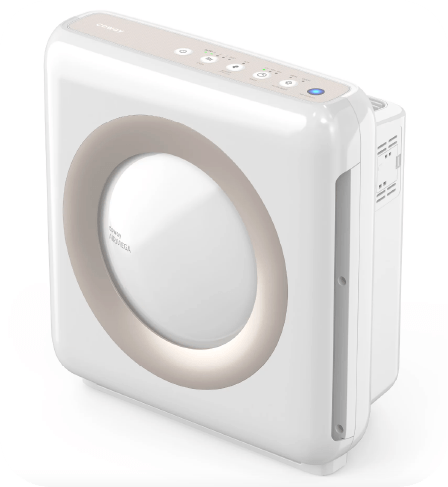

![]()
Plants
NC State University says that "Some plants have the ability to assimilate, degrade, or modify toxic pollutants in air into less toxic ones."
"Plants to be used for air phytoremediation have the potential to reduce pollutants in air and improve air quality; they also fix carbon dioxide through photosynthesis and help to decrease greenhouse gases in the atmosphere."
Also, you need to be aware that some plants are not sutible for pets and children. And, if not properly cared for, plants can become the perfect home for mold.
ASPCA.org provided the list of plants and the information. They also give some tips to prevent mold; “An increase in plants can also affect humidity and promote mold growth. You can prevent this by letting the water drain into a pan or a tray, removing excess water regularly, and using sub-irrigation planters. Covering the top of the soil with Spanish moss or aquarium gravel also removes mold.”
Easier To Care For Plants
Harder To Care For Plants
![]()
Household Supplies
Did you know daily objects like cleaning supplies, glues, synthetic materials like plastic and rubber, using ovens, or even the carpets in our homes can all contribute to pollution?
To start, ASPCA.org mentions the easiest fixes would to make sure your home is vaccumed often and there is good ventilation. Some switches that may be harder for some are avoiding synthtic cleaners or air freshners and reducing the humidity in your home.
EPA.gov says "Exposure to mercury threatens our health, with many often irreversible toxic effects. Developing fetuses and young children are most at risk. Mercury pollution also harms wildlife and ecosystems."
EPA.gov also talks about what mercury can be found in:
- Older model electric appliances like chest freezers, space heaters, clothes dryers, clothes irons and washing machines
- Gas-fired appliances, including ovens, water heaters, furnaces, poll heaters, and appliances in some recreational vehicles
- Cars manufactured before 2003
- Batteries
- LCD screens & monitors
- Televisions manufactured before 1991
- Fluorescent bulbs, compact fluorescent light bulbs (CFLs), high intensity discharge (HID) lamps, ultraviolet lamps, neon lights
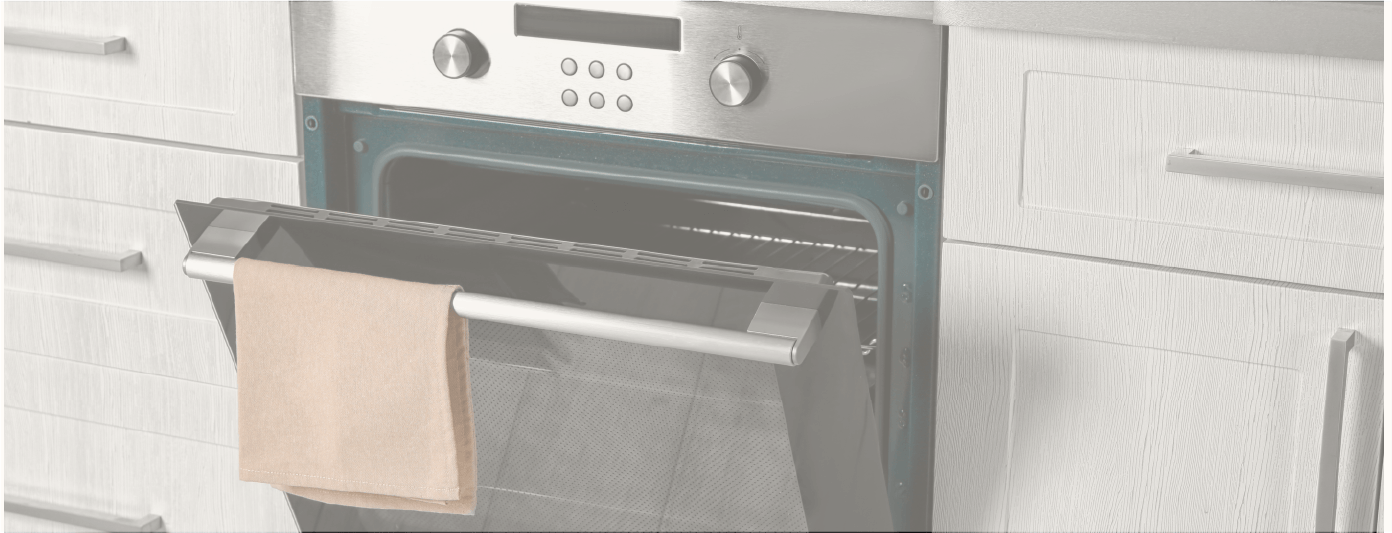
![]()
Simple Switches
That's a lot to consider, and it is overwhelming for most to know if they have picked the best products.
BetterGoods.org analyzed the ingridients in "non-toxic" cleaners, and some products conatied ingredients that they don't agree with. This is why you should always do further research than what is being advertised.
EReasons To Switch To Non-Toxic Cleaners:
How Did BetterGood.org Determine This?
Each ingredient in every product was researched and analyzed for safety based on available public research. Where possible, sources for information are included.
Products They Suggest Instead:
Products They Suggest Instead:
Lung Association suggests to "Read all labels on cleaning supplies and household products before you buy them. Choose products that do not contain or have reduced amounts of VOCs, fragrances, irritants and flammable ingredients. Avoid using air fresheners altogether."
Manufacturers are not obligated by U.S. law to list all ingredients in consumer products. Products that are labeled "green" do not necessarily mean they are safer. Do a little research on the product from a reliable source. For example, the U.S. Environmental Protection Agency has a list of products that meet its Safer Choice requirements for cleaning and other needs. The list includes cleaning products for home and vehicles.
As an even safer cleaning alternative, warm water and soap often will do the trick, especially at home. Baking soda is good for scrubbing. A mix of vinegar and water can clean glass.
When using cleaning or household products, keep the area well ventilated. Open windows and doors. Never use cleaning products in a small, enclosed space.
![]()
Ground Level- Ozone & Smog
What can you do to protect yourself or your child from smog if asthma, allergies, or other lung conditions plays a factor?
No switch will ever make it perfect, but WebMD suggests you can try:
- Keep track of the daily air quality index in your area by checking local news reports so you'll know how high the pollution levels will be that day. When the color-coded alert level reaches the orange level, the air is considered to be unhealthy for sensitive groups. People with respiratory conditions such as asthma, especially children, should take precautions. Stay indoors. If you must go outside, keep activity low and take frequent breaks."
- When the air quality index goes past orange and up to the red alert level, the air quality is rated "unhealthy." People with asthma or severe allergies should stay indoors as much as possible and avoid outdoor activity.
- "If you must go outside when the air quality index is poor, do it in the morning, before the heat of the day generates more smog and ozone, and avoid exercising outdoors."
- Outdoor air pollution can also get inside. Make sure your heat and air conditioning system has a MERV 11 or 12-level filter to screen out particulates. During the spring months, when you’re tempted to open the windows, check air quality levels first. If they’re high, resist the spring air and use a circulating fan instead.
